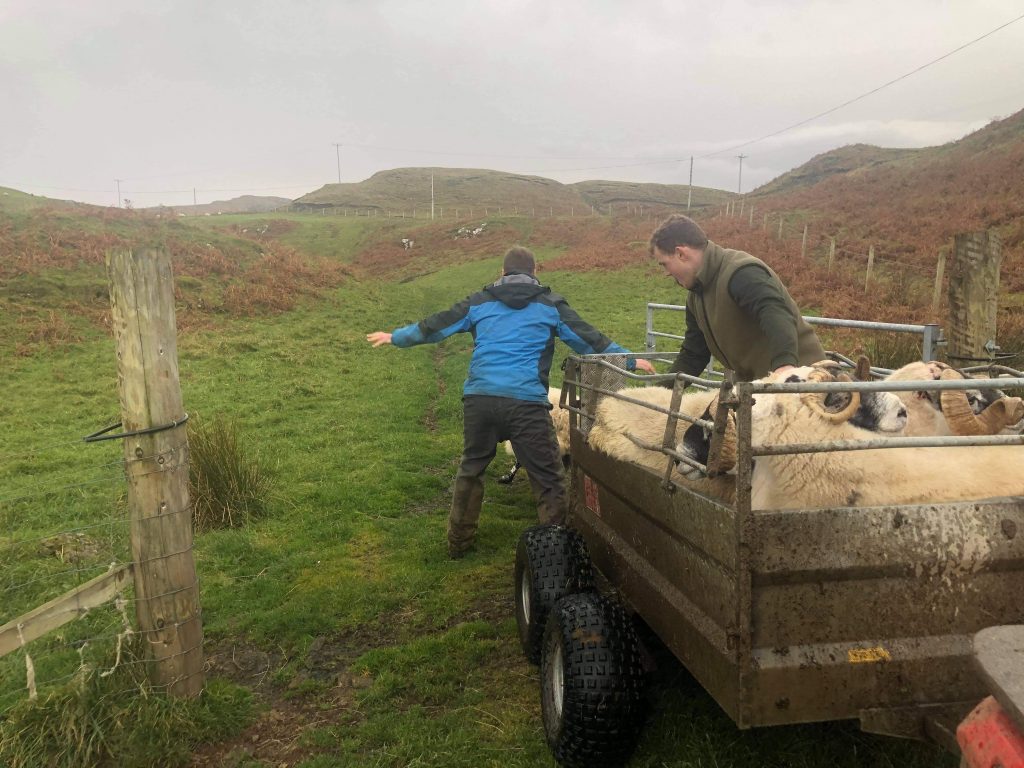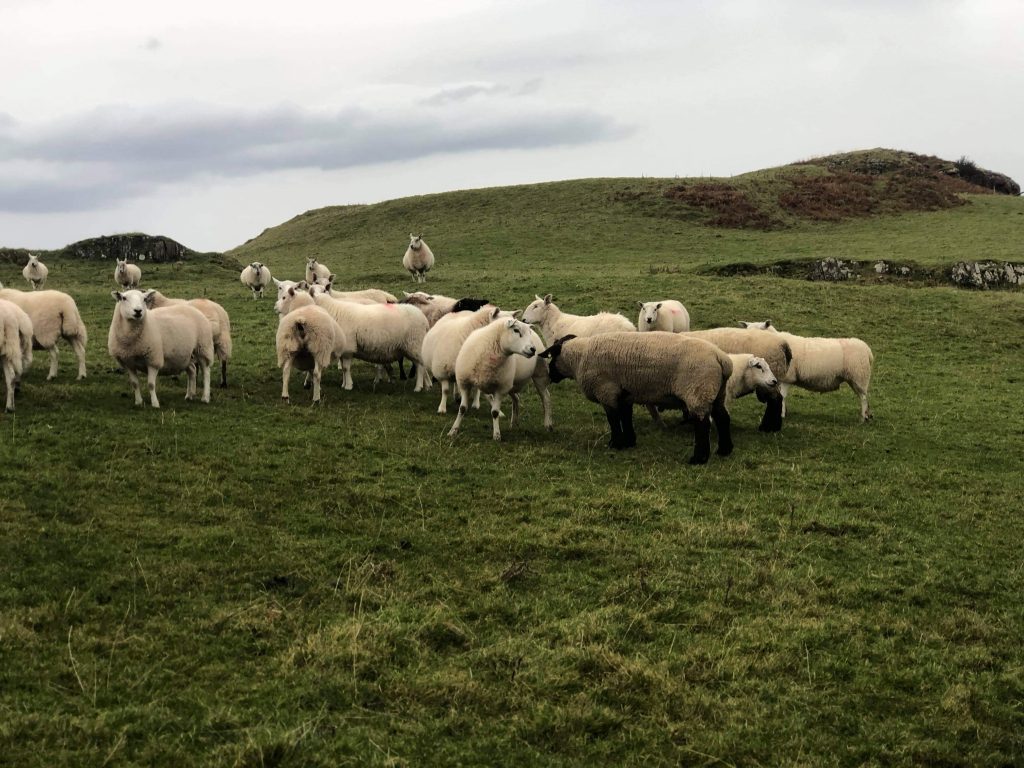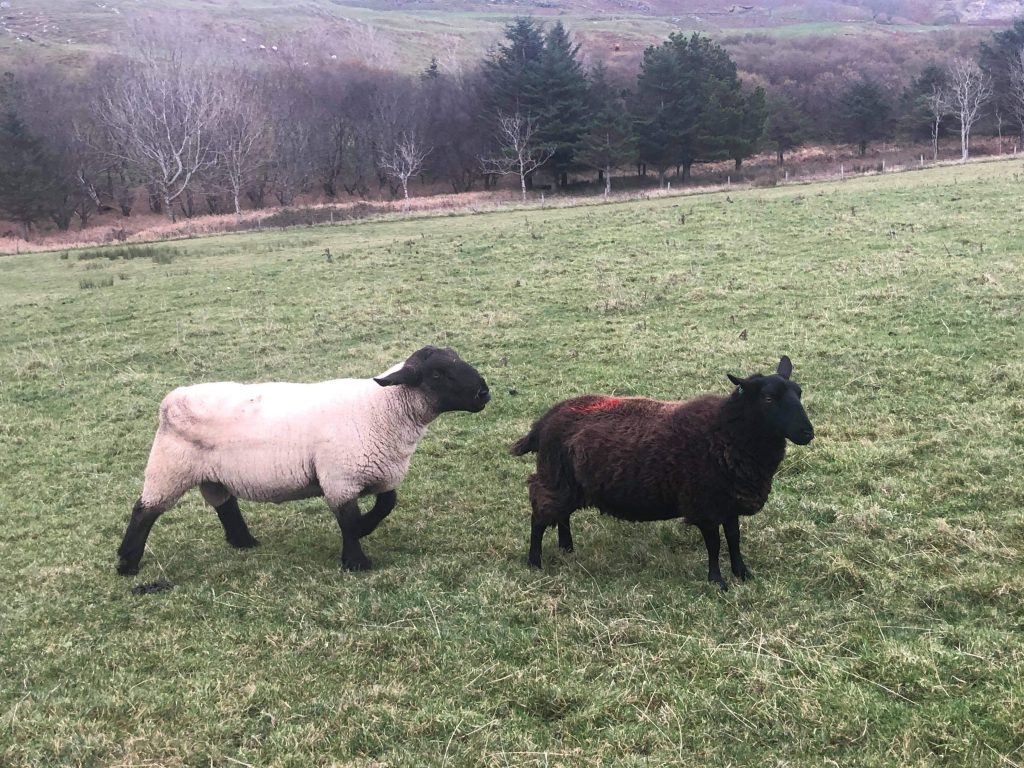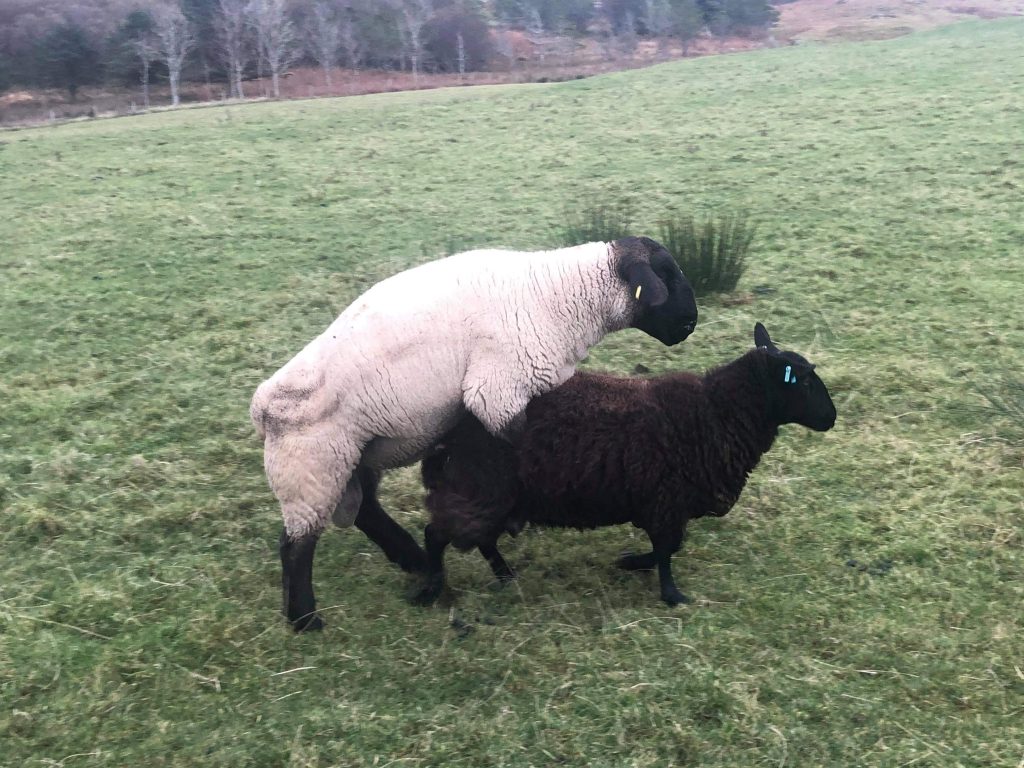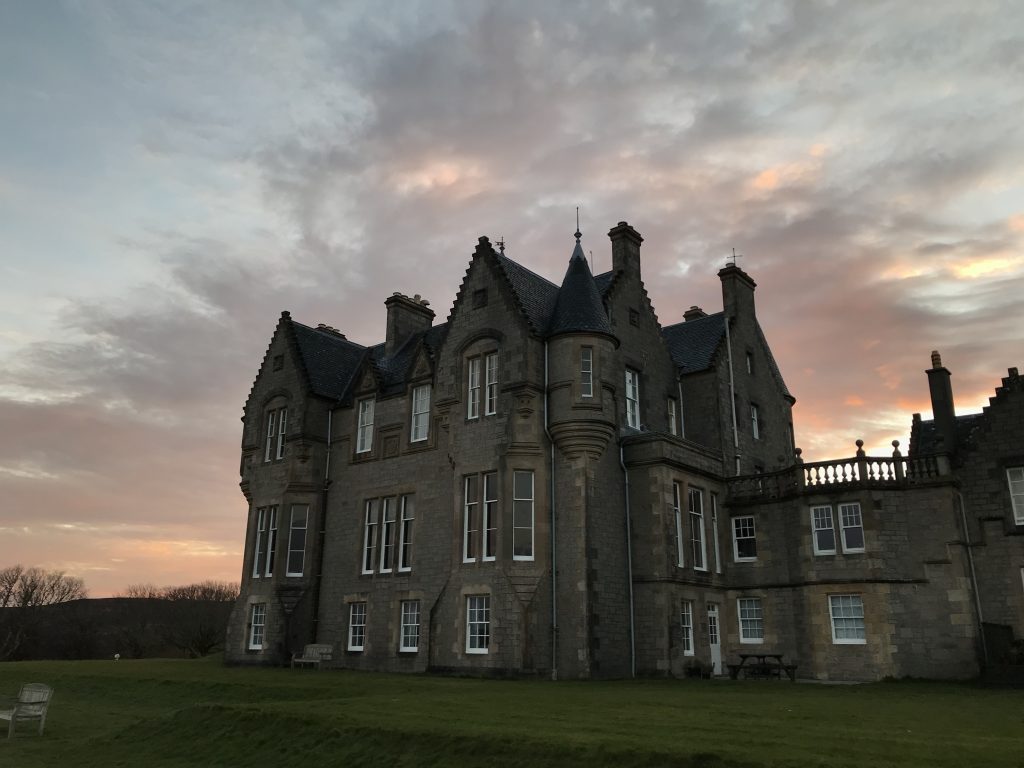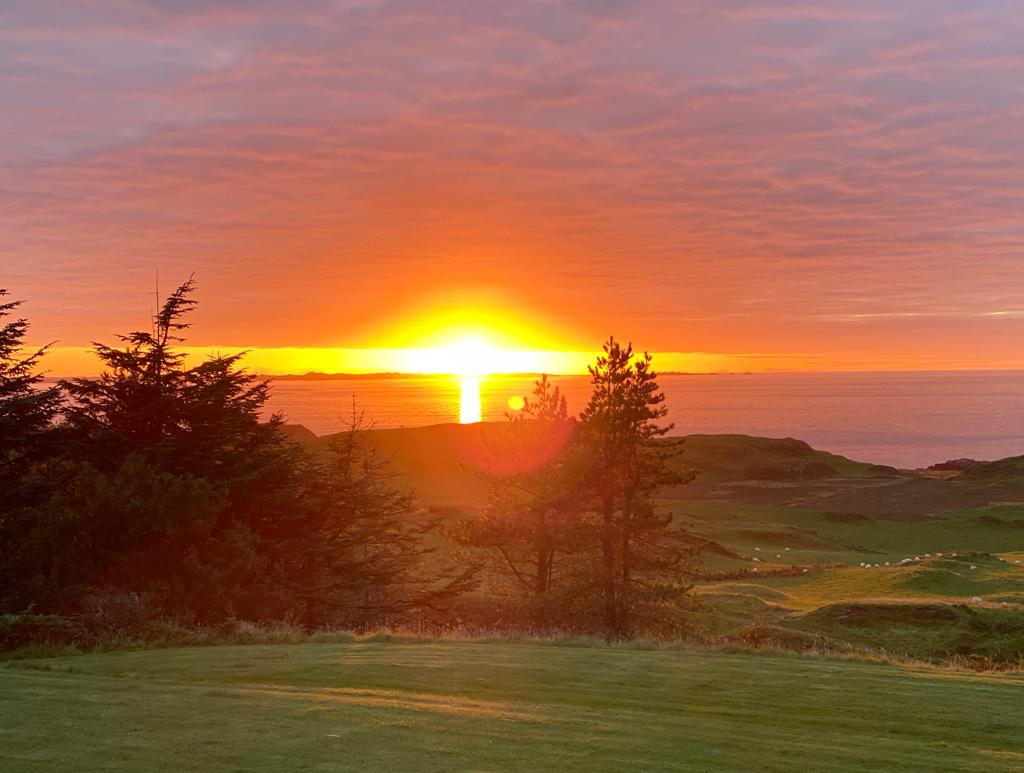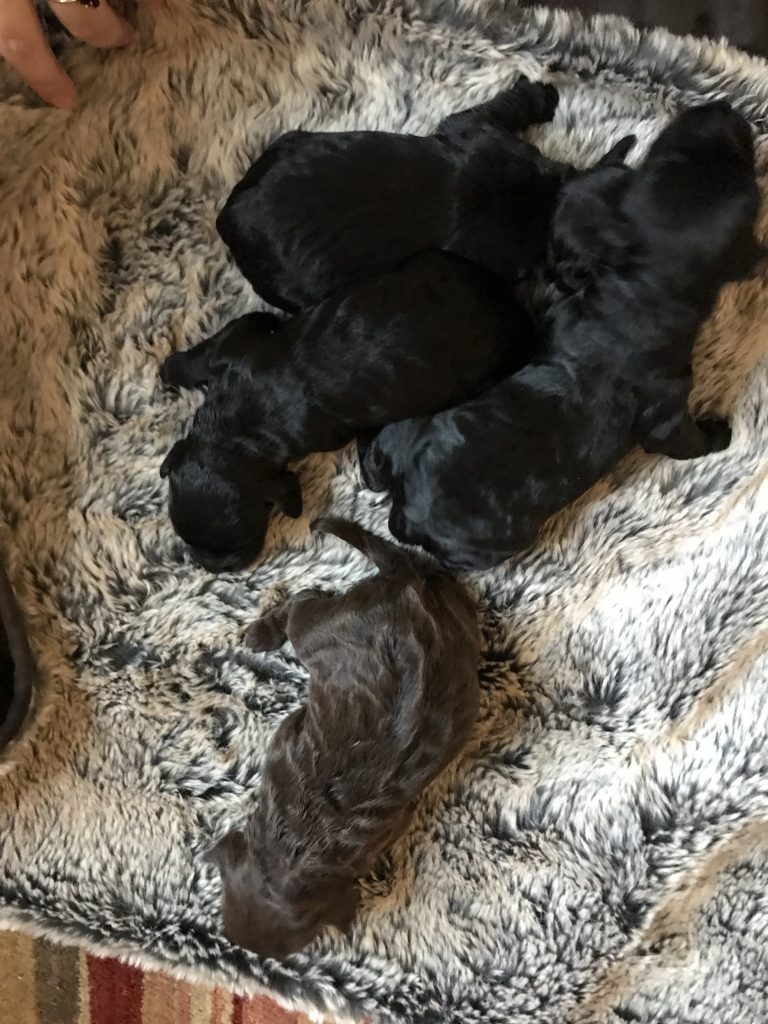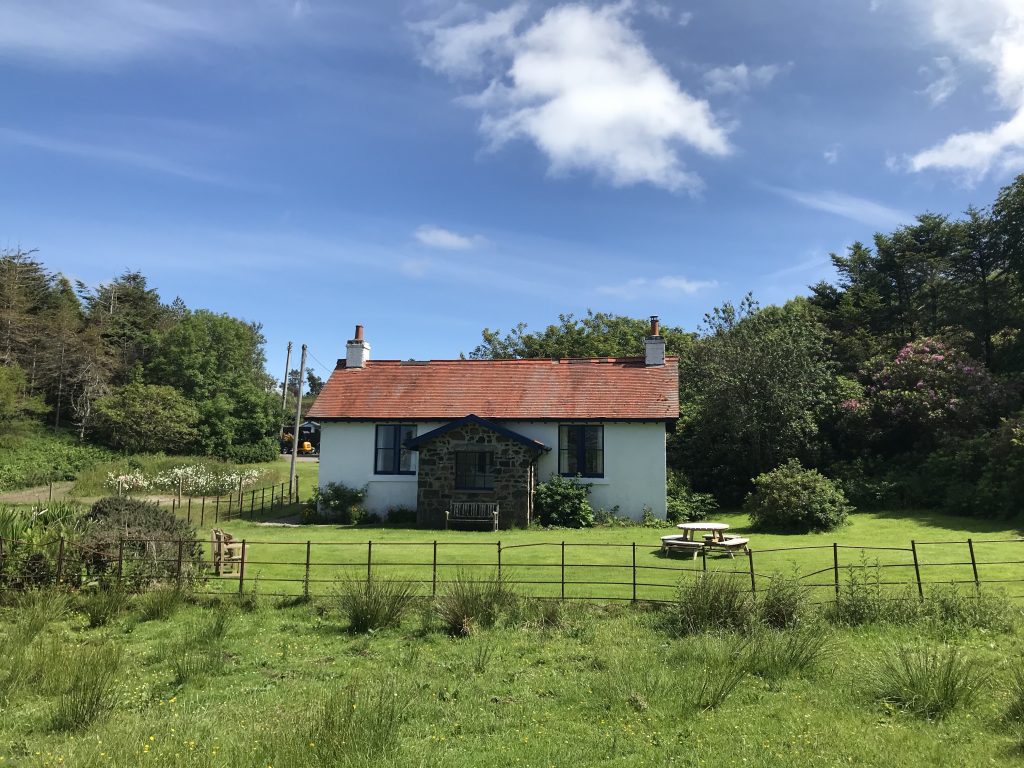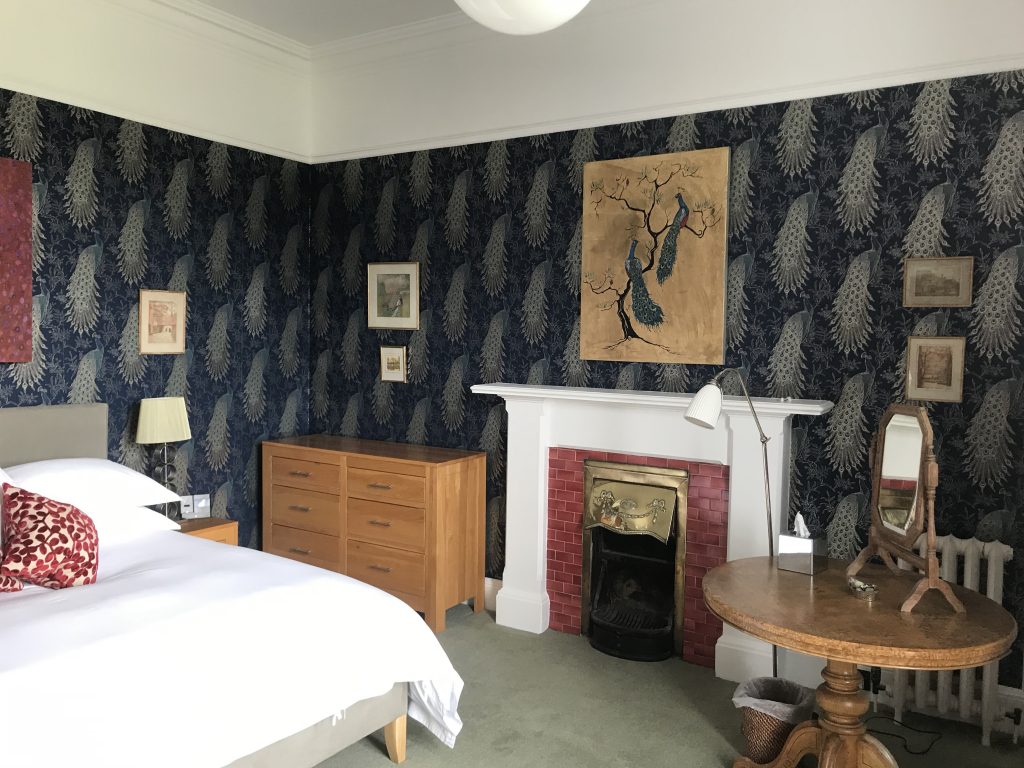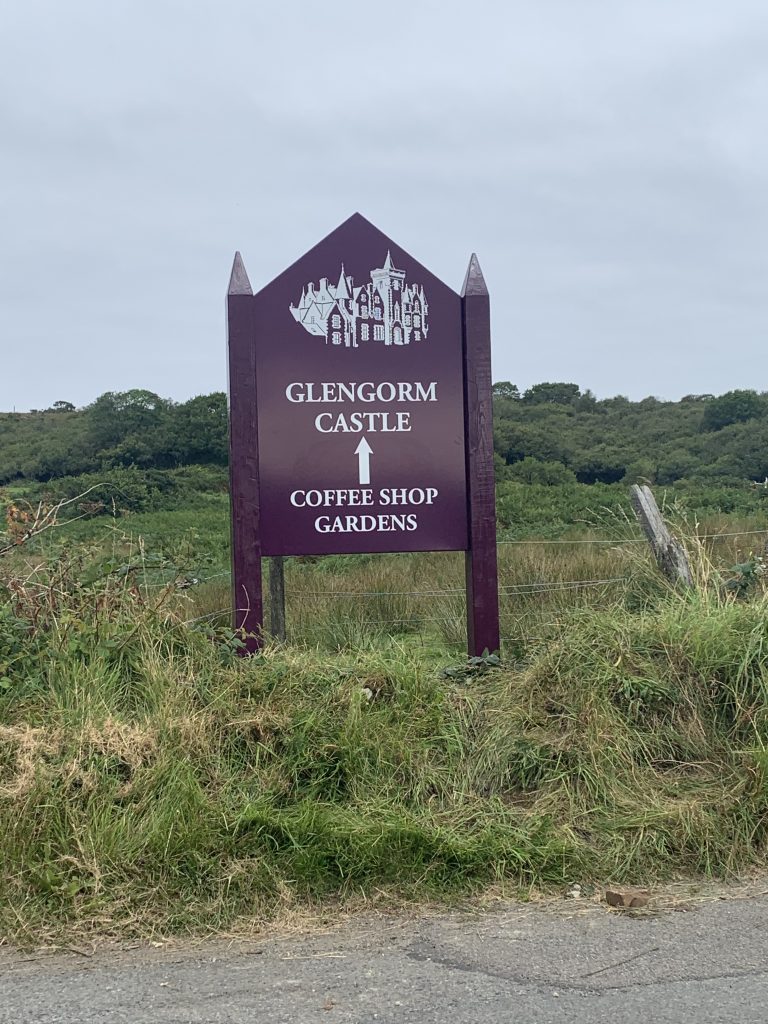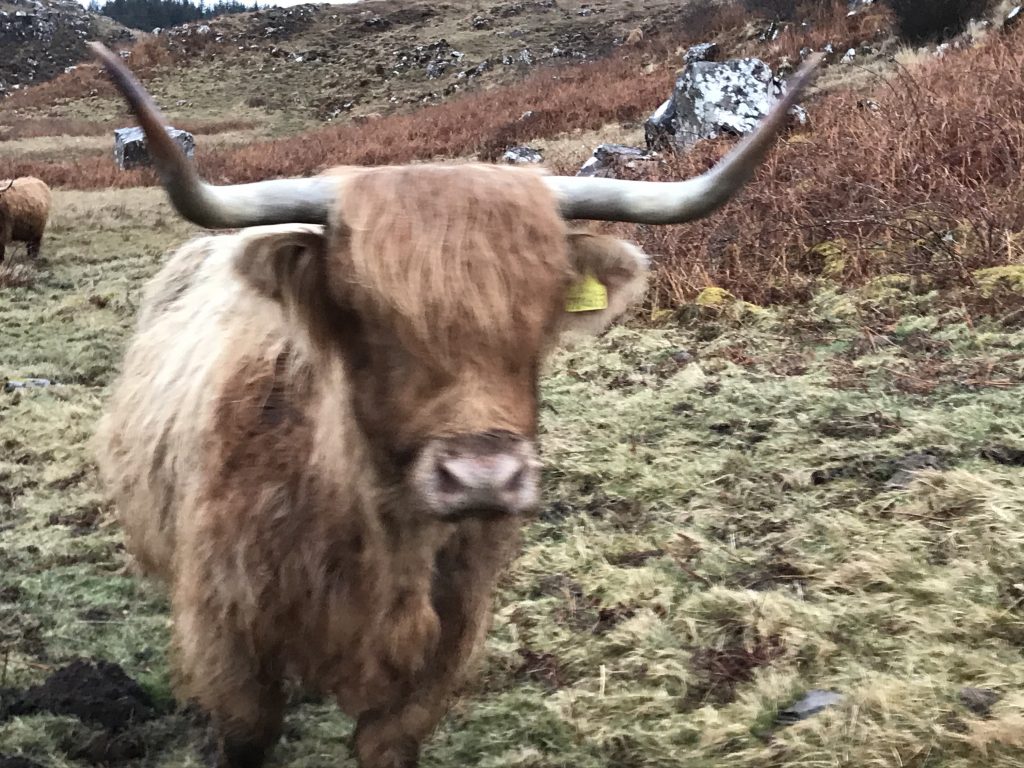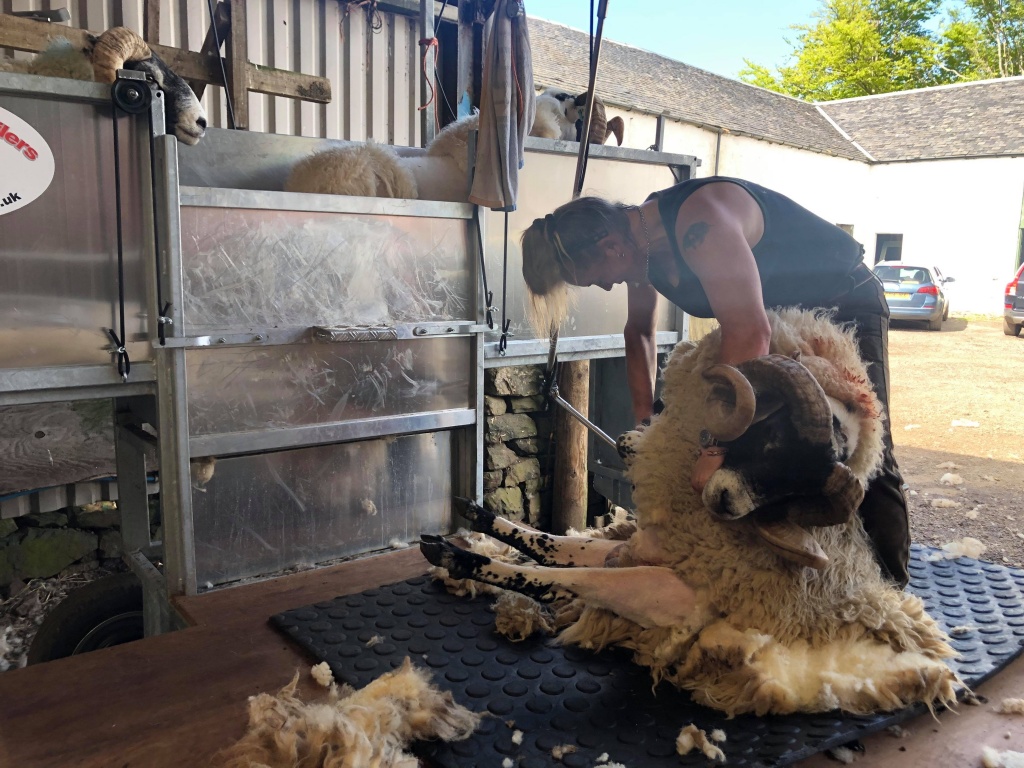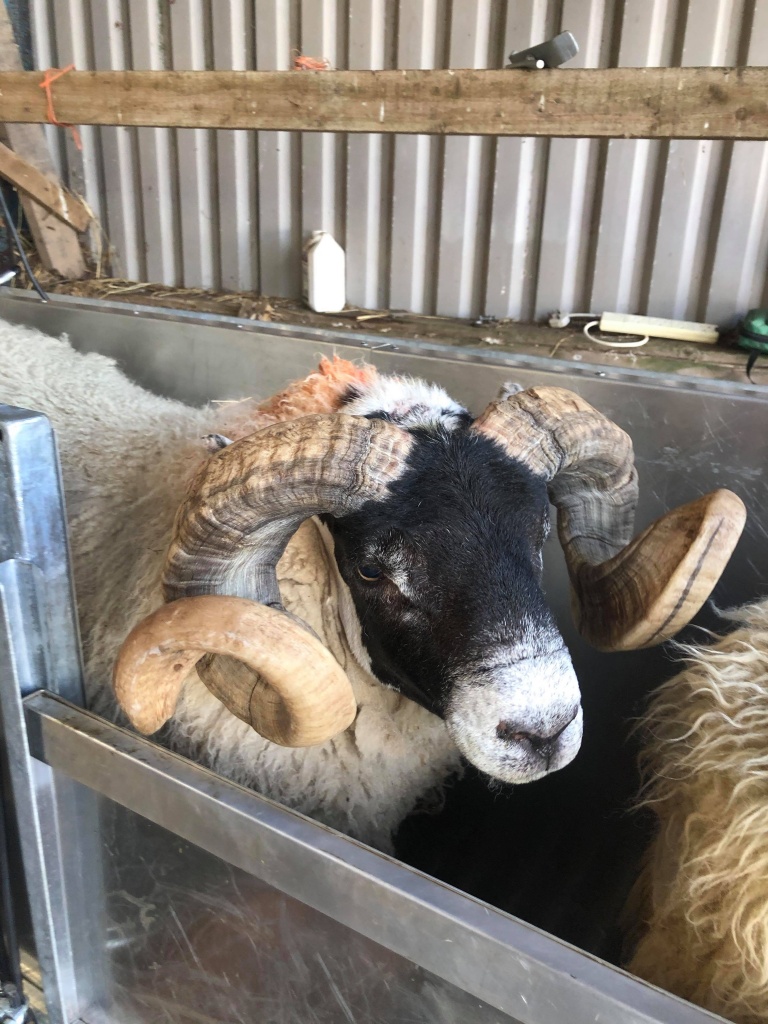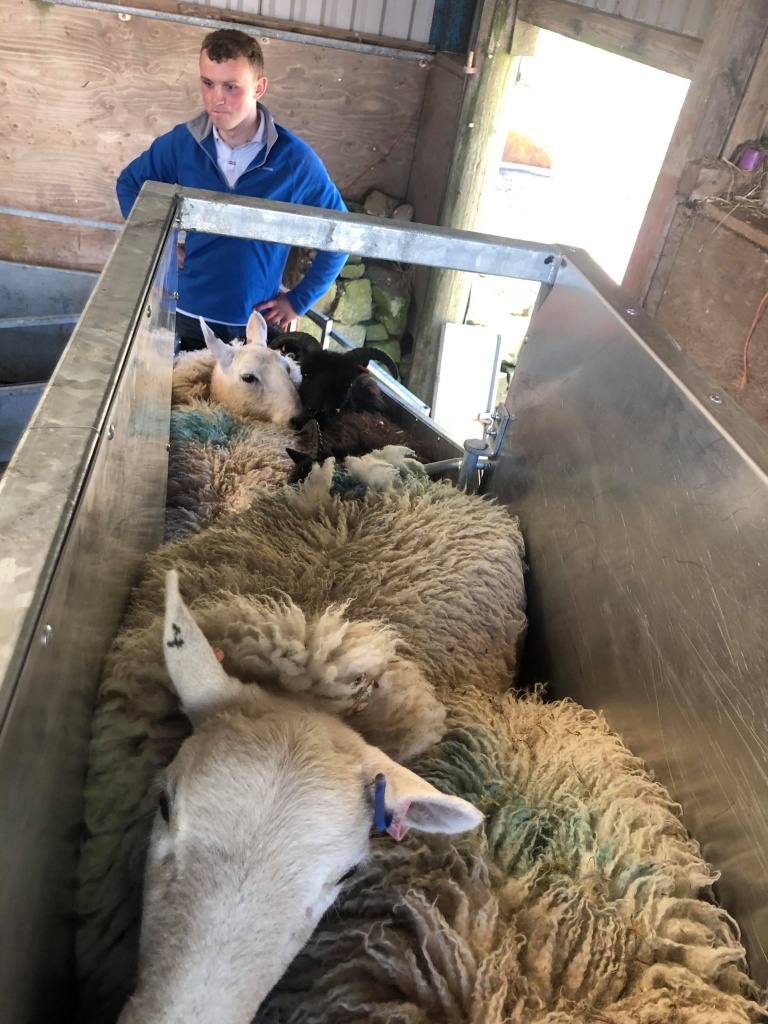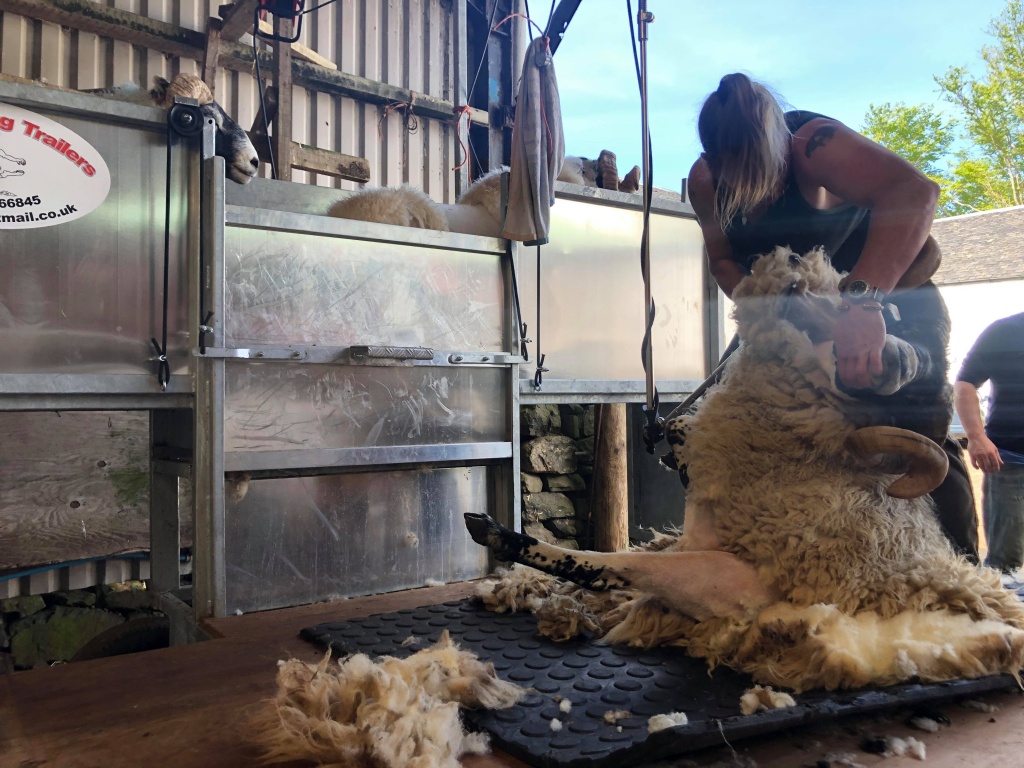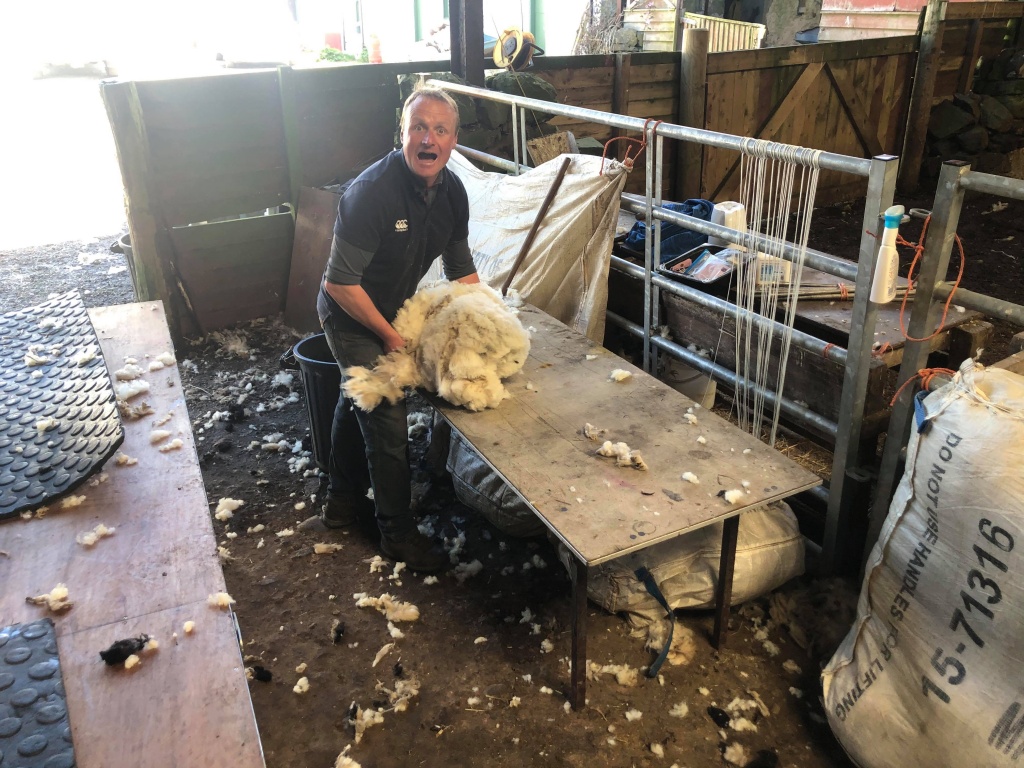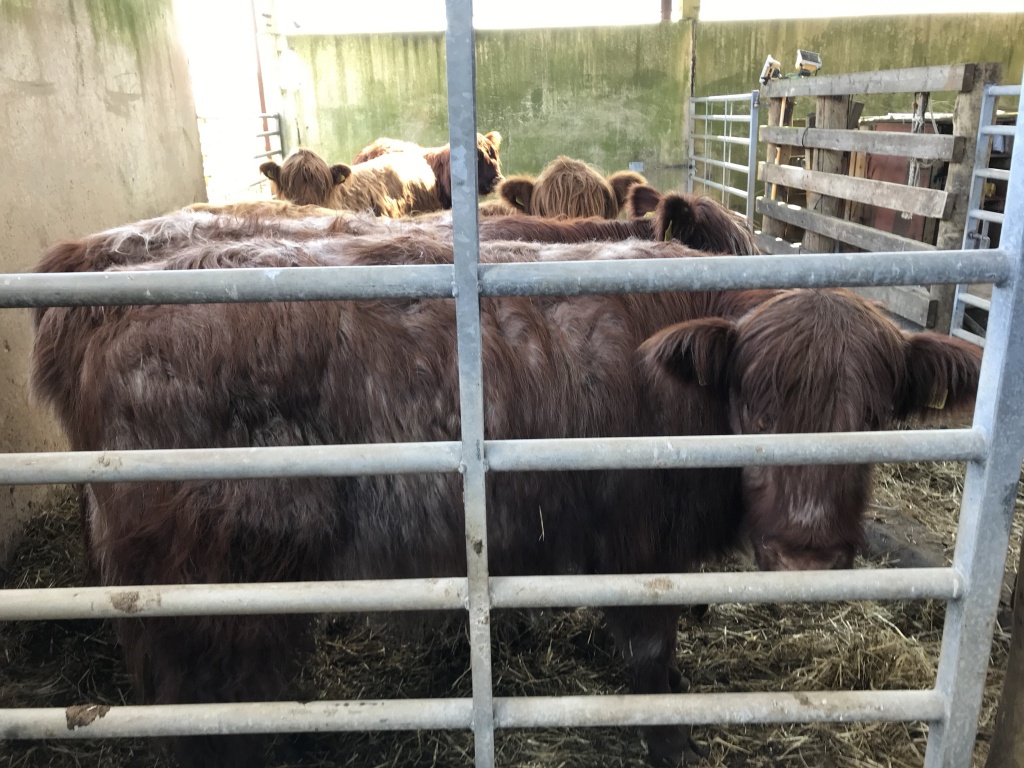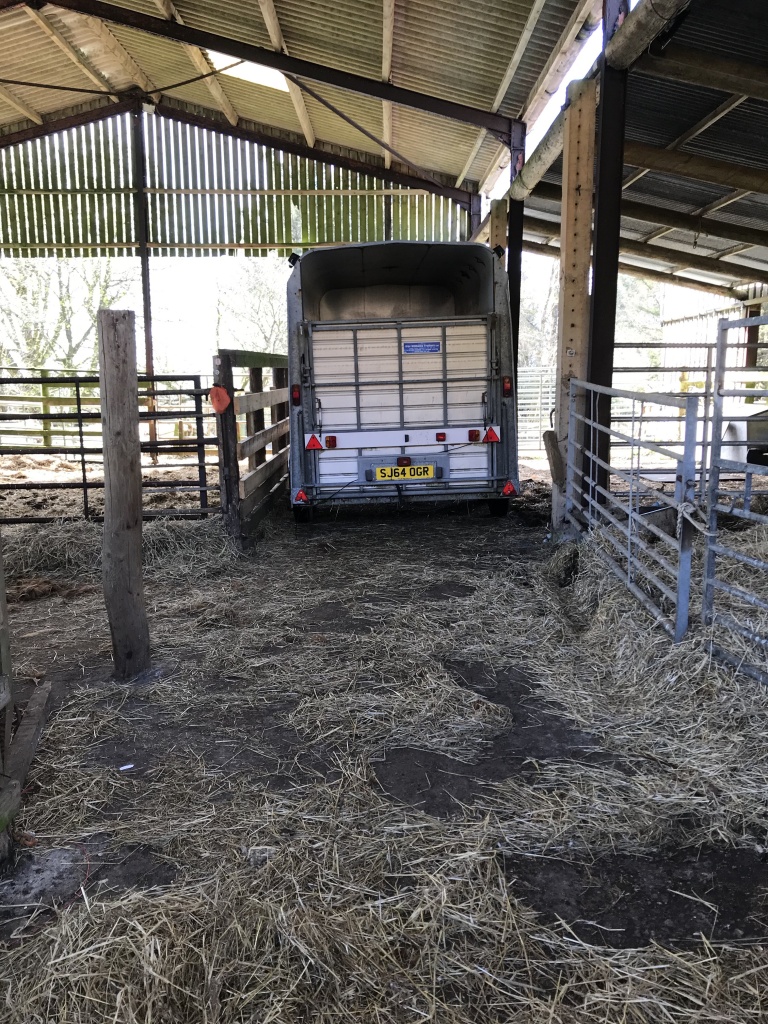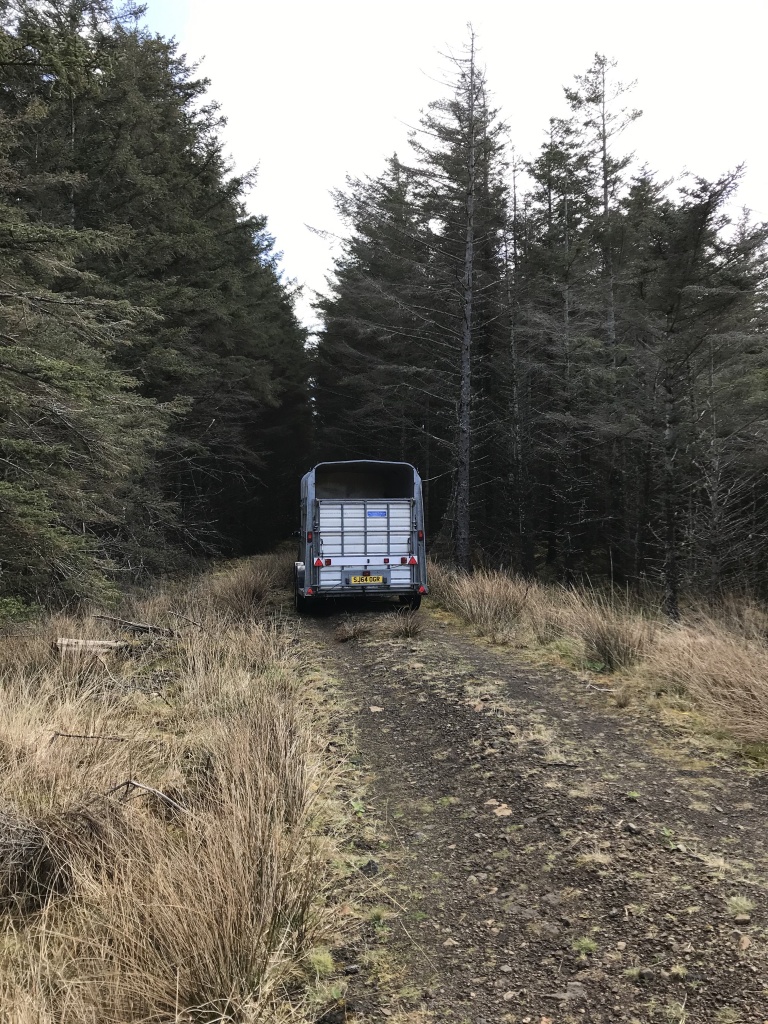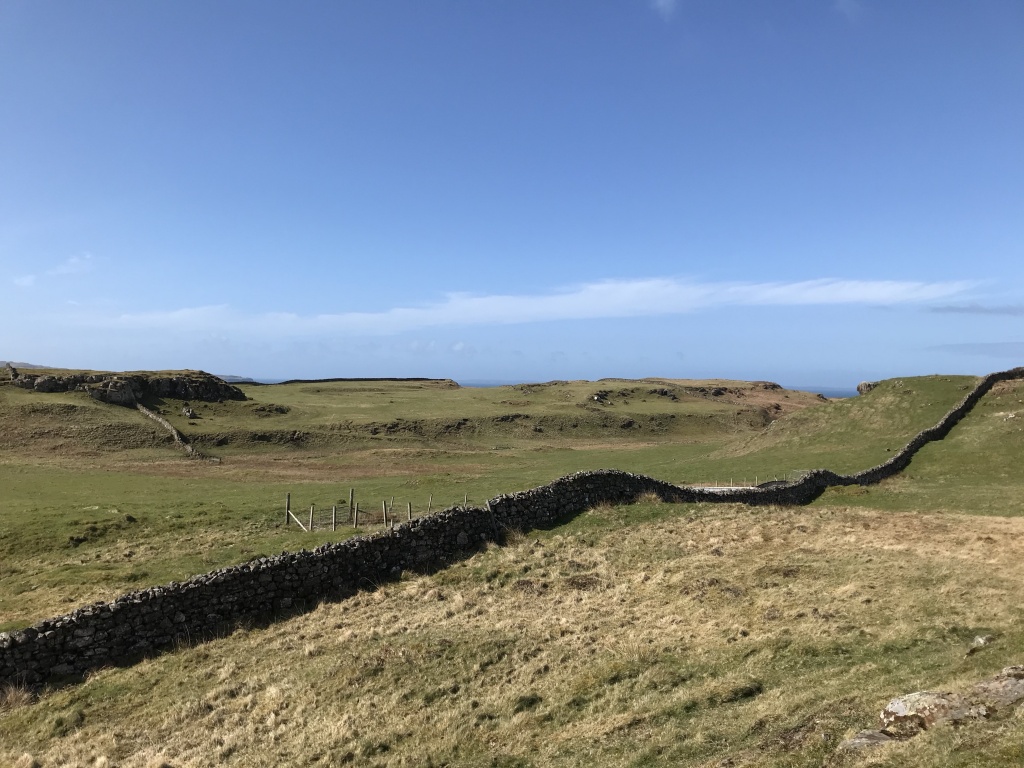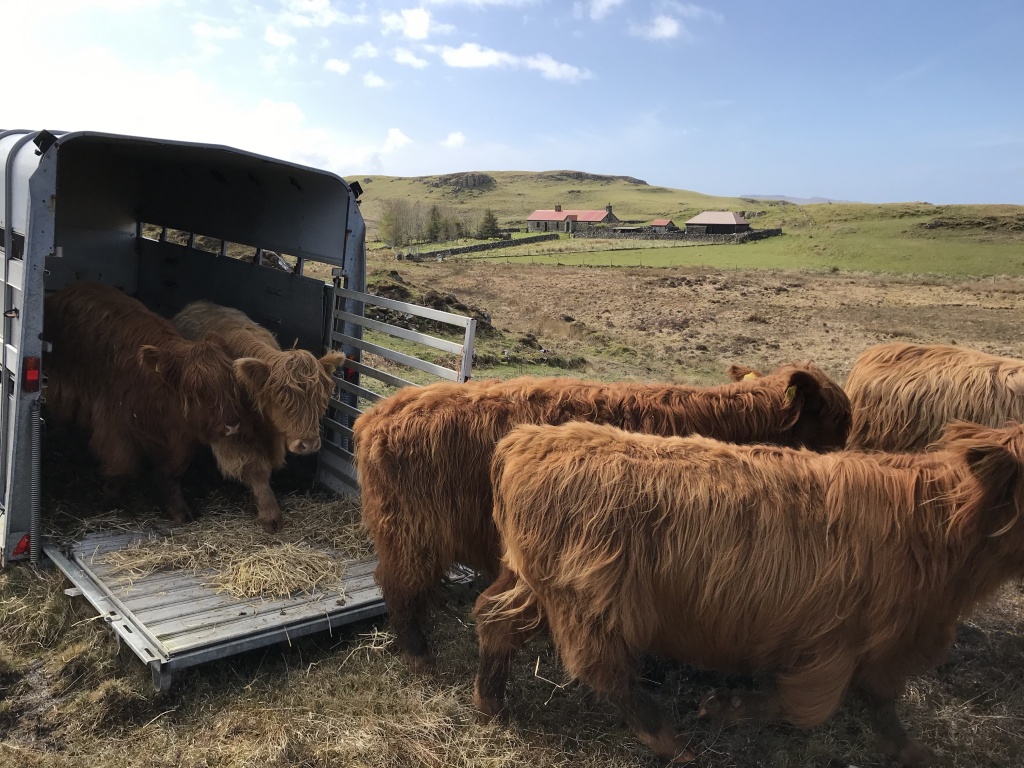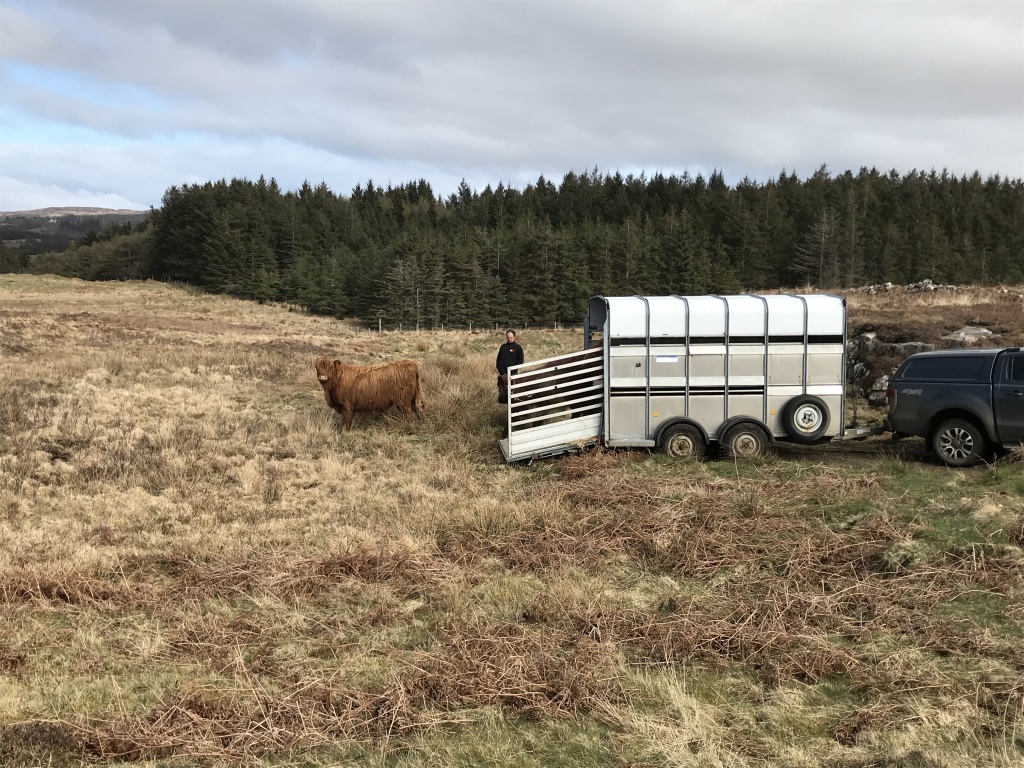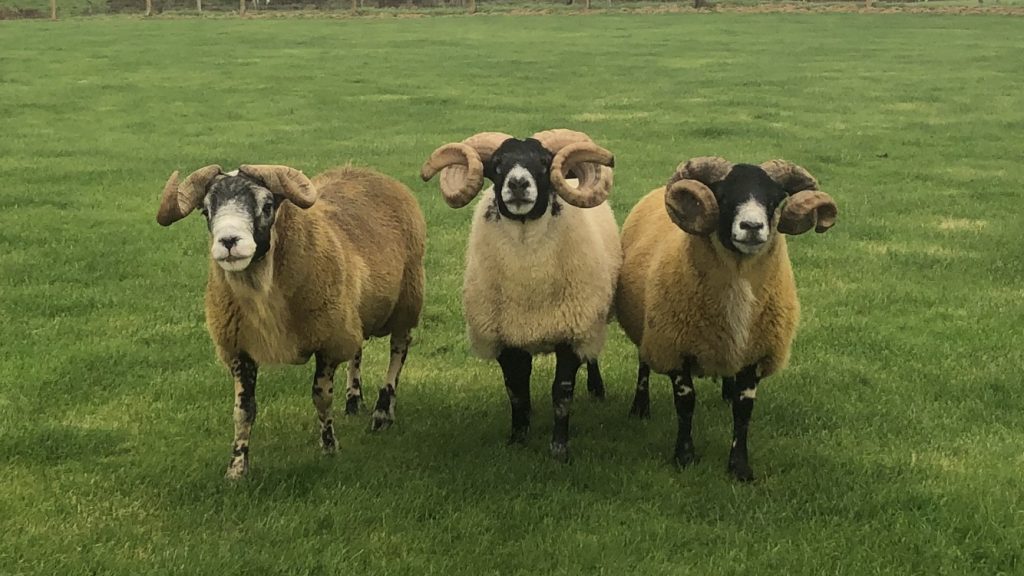
Our tups are out! 24 well rested virile males have been let loose in the fields at Glengorm. As winter fast approaches, the circle of life here on the farm keeps going.
We have 24 tups on the farm, 4 are Suffolks, one is a cheviot and the rest are all blackface. They range in value from our own home bred up to £4000. This year, we are using tups from Dyke, GlenRath, Pole, Midlock, mainland Balimeanach and locally from Mull. We also have some tup lambs which we use as chasers.
We have almost 800 breeding ewes on the estate, and they are divided into groups and are put out into out to our ” in bye” fields. These fields have been kept empty for a while to allow the grass to grow, ready for this time.
The ewes are put out to graze for 2 weeks before the tups go out. This period is called flushing and is done to increase nutrients and body condition of the sheep and this will bring on ovulation.
Sheep ovulate in 3 weekly cycles. They do not ovulate all through the year, but have a specific time of the year when this starts happening, although the better condition of the ewe the more she will ovulate.
When the first tups go out to the ewes, they are put out for a 6 week period. Our best tups go out first for the first 3 weeks, then we will put in what is called a chaser, this is a tup of lesser quality or maturity but will hopefully catch any sheep which are not pregnant. When a sheep is pregnant it will not entertain a tup.
The sheep are selected into groups and their tup is chosen accordingly. We have 9 groups of black face sheep, which we keep pure bred and they have a blackie tup. These are kept in groups of about 50 sheep per tup and are ranked according to their features, so the best group of sheep will be put to the best tup. We breed these sheep for either increasing our female stock, or as tups which we may keep or sell. Only the best are selected and the rest will end up in the food chain.
We have 140 commercial ewes which are good at reproducing, but are at the poorer end of the black face lot. These ewes are pedigree but not our best and generally will not be kept for breeding except if they are good. Offspring from this group will be kept as replacements for old sheep or any that have may die in the year from the Glengorm flock, if they are good.
To produce larger sheep, we cross our blackface ewes with a cheviot tup. This gives cheviot cross which we then put to a Suffolk tup. We will keep the best to increase our flock and replace older animals . This year we have about 70 ewes being crossed with our cheviot tup, which we have bought locally from Robbie MacDougal.
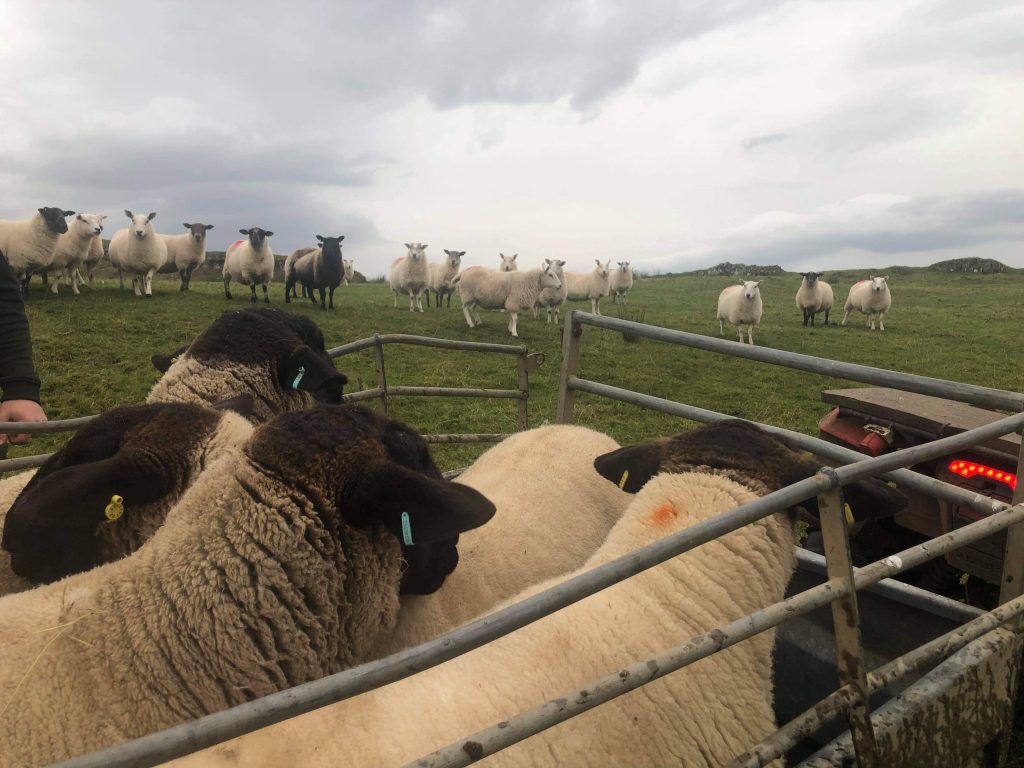
Finally we have a group of 120 cross cheviot ewes that we cross again with a Suffolk tup. This group produces the biggest off spring for meat and hybrid vigour. The Suffolk tup is regarded as a terminal sire as all offspring produced will be killed for meat. Our Suffolk tups is local too and comes from John MacDowell.
Generally 80% of ewes will get pregnant on the first ovulation cycle, but the good tups are given the opportunity to try again if they have missed one. Earlier this year, our lambing started 5 days ahead of the start date, this was possibly due to all the ewes being in good condition when the tups went out. The gestation period for a sheep is 147 days and our lambing season will start in early April.
